You Won't Believe the Wild Stories Behind These 10 Hauntingly Beautiful Abandoned Mansions
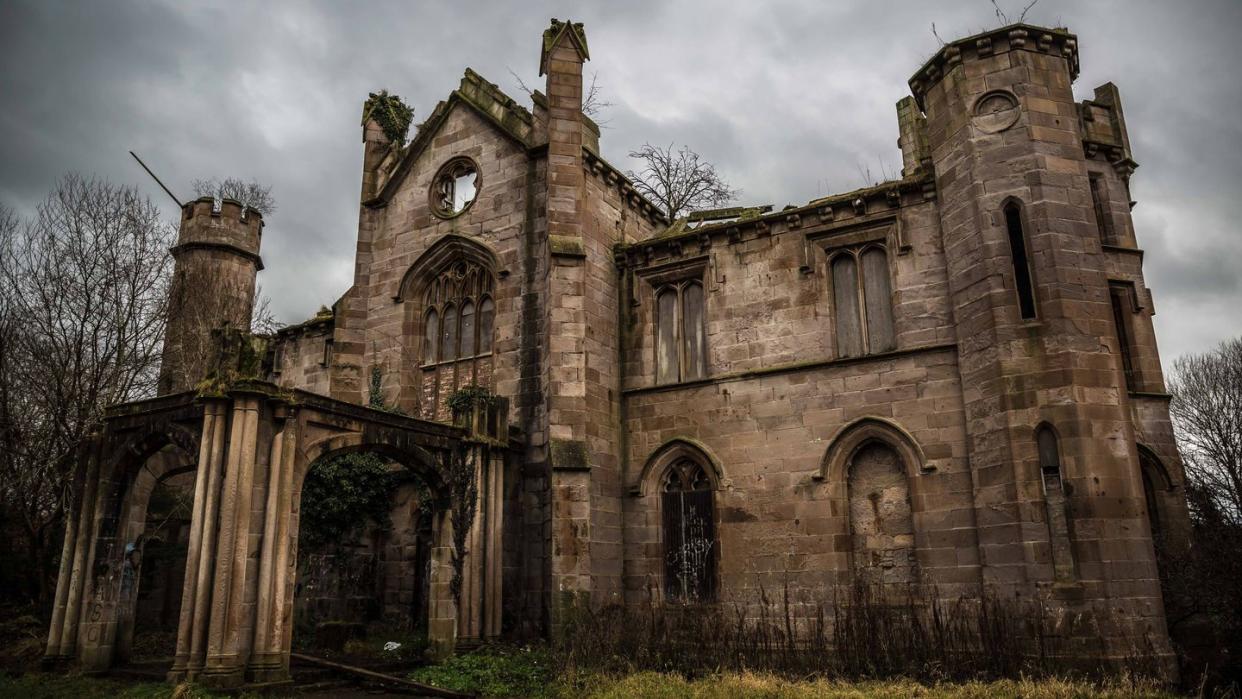
- Oops!Something went wrong.Please try again later.
- Oops!Something went wrong.Please try again later.
- Oops!Something went wrong.Please try again later.
- Oops!Something went wrong.Please try again later.
Spoiler alert: There's some scary stuff ahead. But if you find yourself curious about the backstories behind some of the world's most beautiful abandoned mansions, you've come to the right place.
Just what is it about crumbling buildings, often formerly some of the most expensive houses in the world that once belonged to some of the world's richest people, that is so compelling? We admit there's the smidge of schadenfreude in discovering their demise—but we suspect there's something deeper going on too. Perhaps these ruins represent a physical embodiment of the delicate balance of perseverance and mortality that we all face as humans, striking a similar chord to the fanciful Gothic Revival sham ruins favored by 18th-century landscape architects like William Kent and Batty Langley.
Even if you're just drawn to them for their spooky history, these 10 abandoned mansions—from derelict Gilded Age mansions in America to decrepit ruins of dictator largesse around the world—are frightfully fascinating. Consider yourself warned.
Cumberland Island, GA: Dungeness Mansion
Nestled between live oak trees on Georgia's Cumberland Island sits Dungeness Mansion, or what's left of it anyway. The grounds were home to numerous significant figures in American history, including British settler James Oglethorpe, who built a hunting lodge there in the 1730s, Revolutionary War hero Nathanael Greene, and Thomas Carnegie (brother of Andrew), whose family built a new mansion on the site in the 1880s.
The Carnegies moved out of Dungeness in 1925, long before the mansion was destroyed by fire in 1959. Today, the ruins and grounds are maintained by the National Park Service as part of Cumberland Island National Seashore.
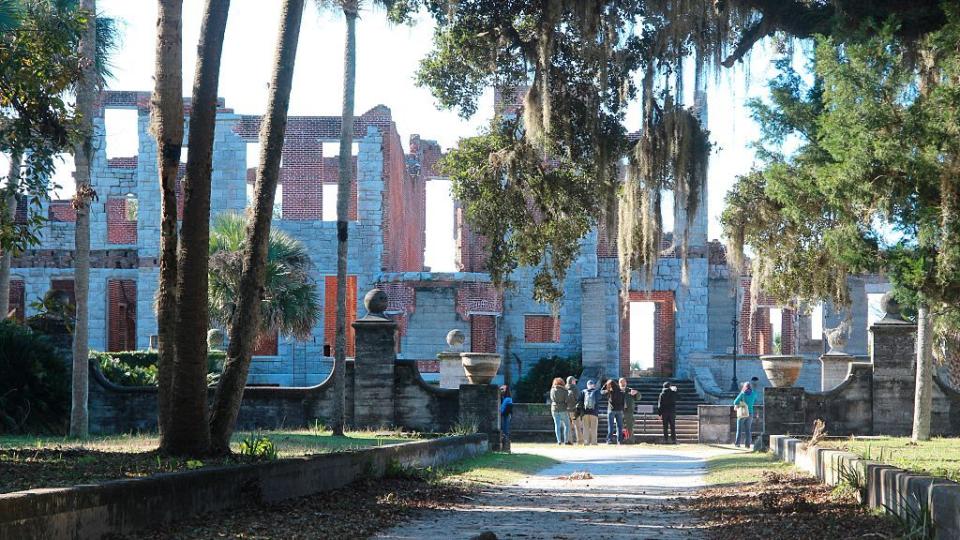
North Lanarkshire, Scotland: Cambusnethan Priory
This Gothic Revival priory, designed by James Gillespie Graham in 1820 and featuring turrets at each corner, is—perhaps surprisingly—one of the better remaining examples of 19th-century neo-Gothic architecture in Scotland. Considering it has not been occupied since the 1980s, the building has fallen into severe disrepair. It's listed as "at-risk" by the Scottish Civic Trust.
Currently, The Friends of the Cambusnethan Priory are campaigning to save it.

Elkins Park, PA: Lynnewood Hall
This neoclassical stunner has a tragic connection to the sinking of the Titanic. Designed by architect Horace Trumbauer and built between 1897-1900 for industrialist and Titanic investor Peter A.B. Widener, Lynnewood Hall is the largest surviving Gilded Age mansions in the Philadelphia area. Once lavishly decorated with Persian rugs, silk and velvet upholstery, and one of the finest art collections in America, Lynnewood Hall has fallen far from its glory days.
Widener passed away in 1915 following the death of one of his sons and grandsons, who died when the Titanic sank in 1912. The mansion has been vacant, for the most part, since the 1950s.
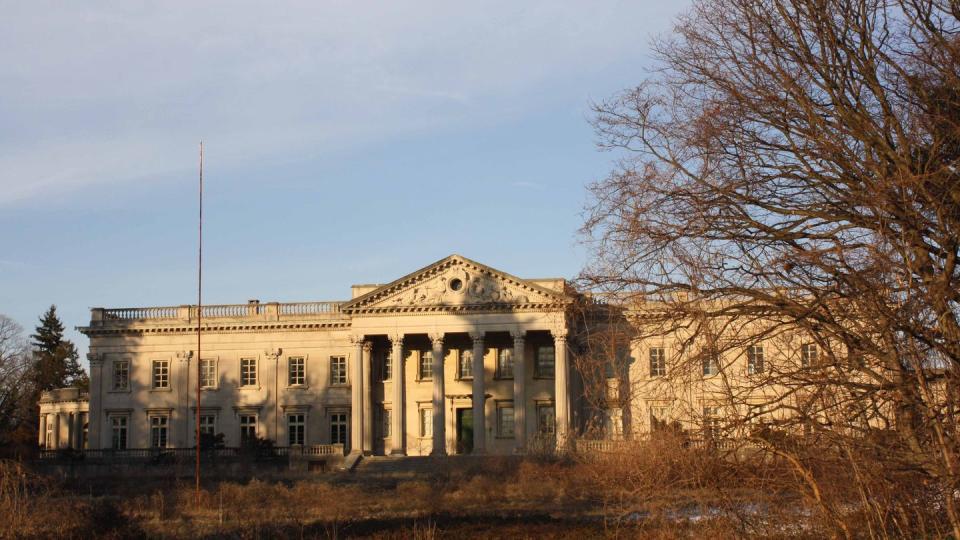
Gbadolite, Democratic Republic of Congo: Bamboo Palace
Once a manifestation of a dictator's greed, Bamboo Palace is now a derelict hideout and could be considered a warning sign to malevolent leaders. (Not that that they would heed it.) When it was home to President Mobutu Sese Seko of Zaire, Bamboo Palace was equipped with every extravagant comfort one can dream up, including a runway that could accommodate the Concorde for when Mombutu fancied a shopping fling in Paris.
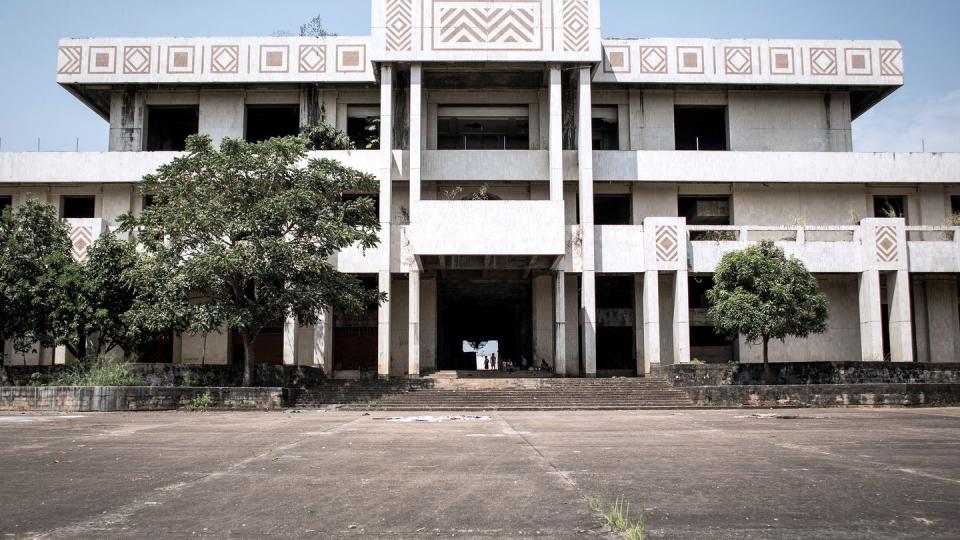
Oxfordshire, England: Hook End Manor
Originally built in the 16th century for the Bishop of Reading, Hook End Manor has gone on to lead quite a musical, if haunted, life. Blues-rock vocalist and guitarist Alvin Lee bought the house in the 1970s and added a recording studio. Pink Floyd's David Gilmour bought the house in 1980 and recorded some music there before selling it in 1987. It has since changed hands several times over the decades, always owned by production studios. The house has sat abandoned since 2017.
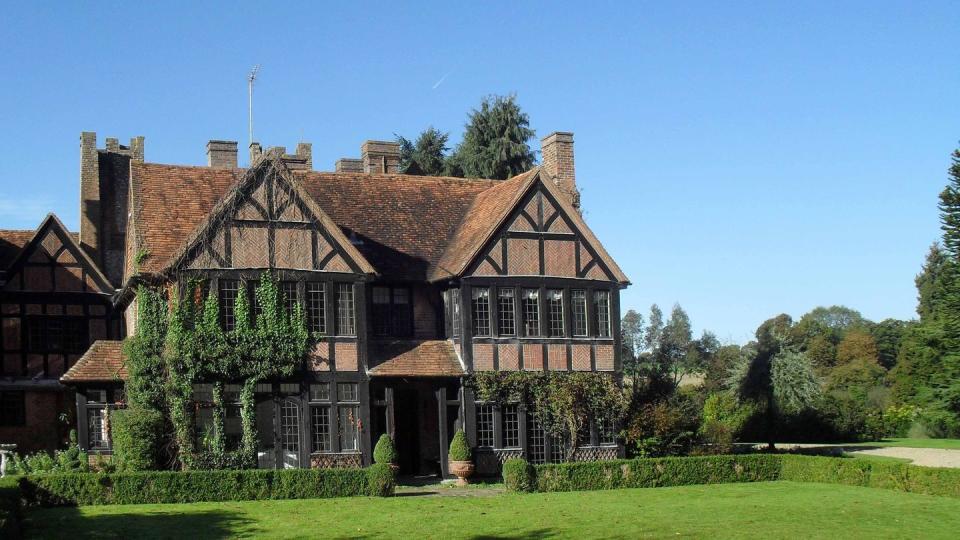
Rockfish Gap, Virginia: Swannanoa Mansion
They say cats have nine lives—how about mansions? This Italian Renaissance Revival one was built in 1912 by James H. Dooley in Virginia's Blue Ridge mountains. Tragically, he and wife Sallie did not get to enjoy their summer house for long: Both passed away 10 and 15 years, respectively, after it was built.
When Dooley's sisters inherited the house, they sold it to a group who used it as a country club, with reportedly the best moonshine in the area. (President Calvin Coolidge is said to have had Thanksgiving dinner at the club once.) When the club went bankrupt, the house sat empty for years until it was purchased by A.T. Dulaney. He then leased it to Lao and Walter Russell, who ran the alternative school, the University of Science and Philosophy, there until 1988. It has remained in the Dulaney family since then as an events venue and has been long believed to be haunted.
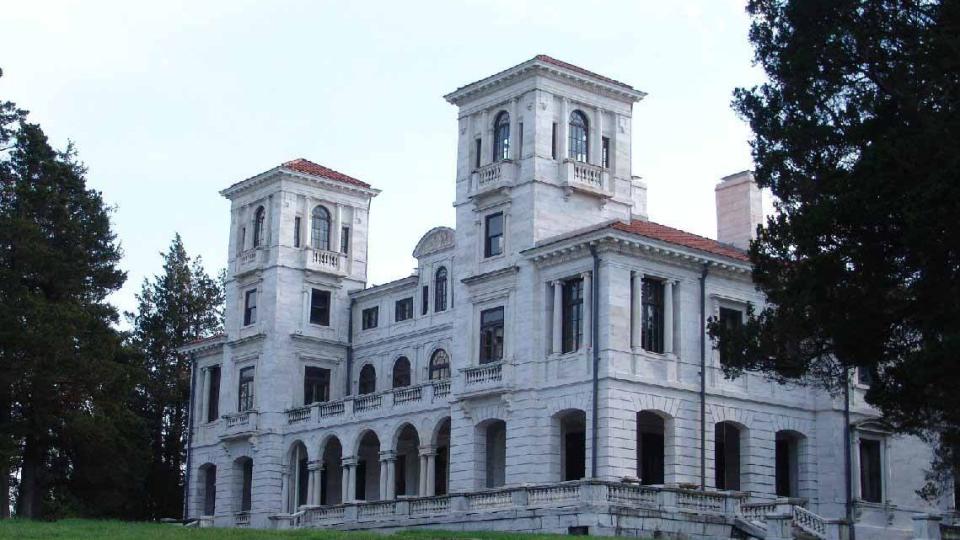
Abergele, UK: Kinmel Hall
It's a national treasure in dire need of saving: Designed by English architect W. E. Nesfield in the 1870s for the Hughes family, Kinmel Hall has not been used as a private home since 1929, when it was converted to a health center for the treatment of rheumatism. It went on to be used as a hospital during World War II, before becoming home to a girls' school. Fire damage forced the school to relocate in the 1970s, and the building was restored and used as a Christian conference center until 2001. It has sat unused since then, and, in 2015, Kinmel Hall was listed by the Victorian Society as one of the top 10 at-risk Victorian and Edwardian buildings.
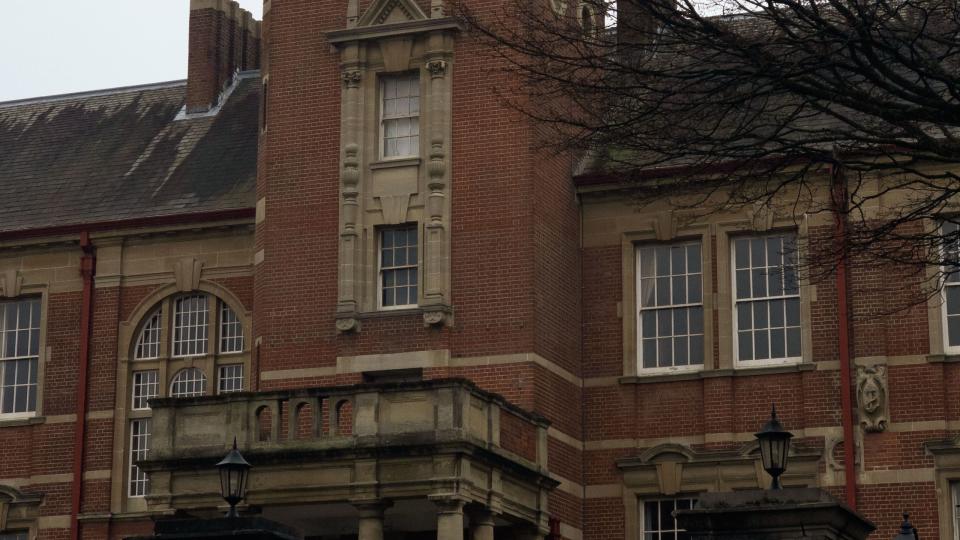
Pidhirsti, Ukraine: Pidhirsti Castle
This Italian Renaissance–style palace, designed by Italian architect Andrea dell'Aqua and built between 1635 and 1640, is considered one of the most treasured remaining Ukrainian castles—and one of its most haunted. Pidhirsti's fate took a turn for the worse during the 20th century, as it was vandalized during a series of wars (the Polish-Soviet War, World War II) only to be largely abandoned during Soviet rule of the Ukraine from the 1950s until 1991. Since then, Pidhirsti Castle has been managed by the Museum of Fine Arts in L'viv, which is raising money for its restoration.
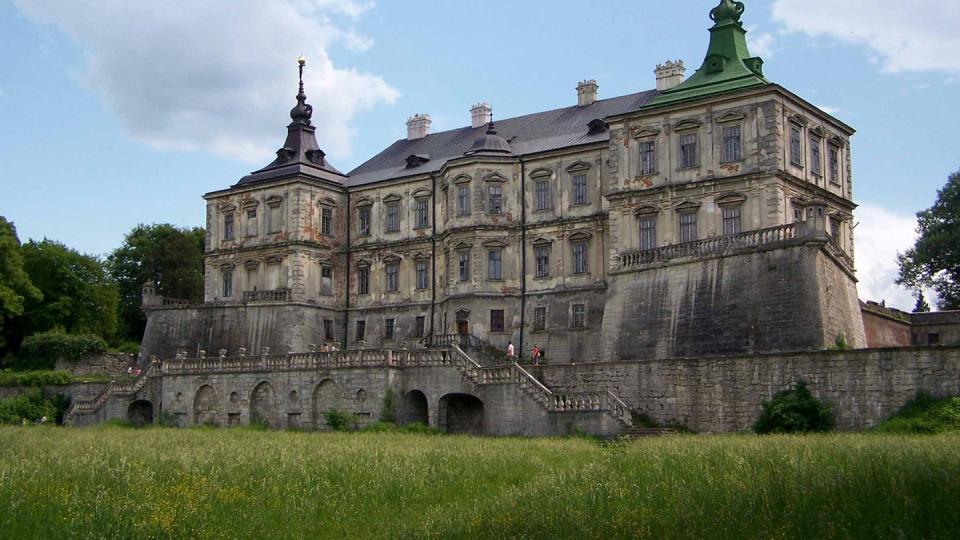
Rhinecliff, New York: Wyndcliffe Castle
It's a story only a writer could dream up. And, in fact, the imposing nature of this 19th-century mansion, designed by architect George Veitch and built in 1853 for Elizabeth Schermerhorn Jones, was described by Jones' niece, author Edith Wharton, in her autobiography, A Backwards Glance.
So grand was Jones' home that her wealthy contemporaries felt compelled to build similarly palatial digs in the Hudson Valley, leading many to believe the house inspired the phrase "keeping up with the Joneses." Sadly, Wyndclyffe Castle is far from setting the standard for striving country home owners today, as it has been abandoned since circa 1950.
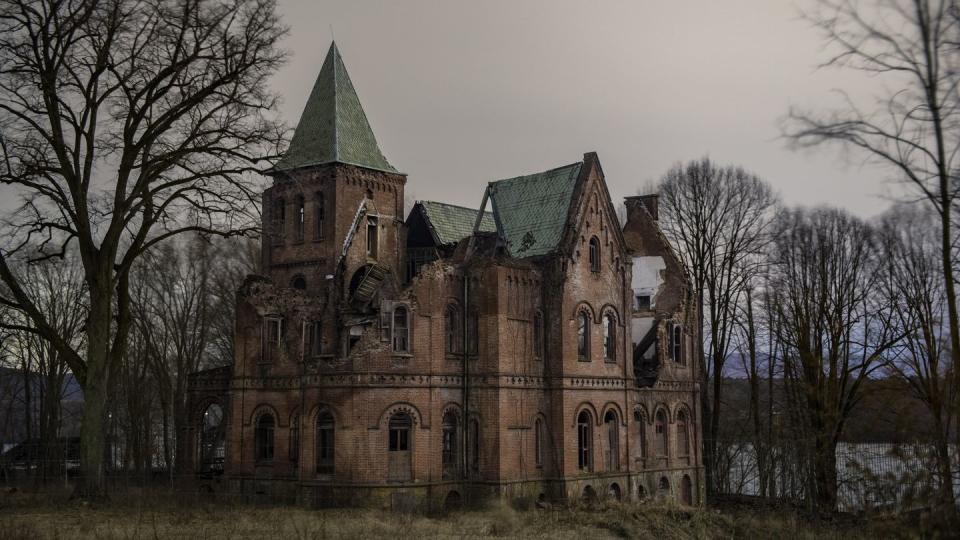
Bokor Mountain, Cambodia: Bokor Hill Station
Just a photo of the skeletal remains of Bokor Hill Station, once a luxury mountain resort for colonial residents in southern Cambodia, is enough to conjure paranormal thoughts. Completed in 1925, the Bokor Hill Palace Hotel was abandoned by the French in the 1940s during the first Indochina War; the resort was reopened in the 1960s only to be abandoned again in 1972 when the Khmer Rouge took over the area. Although the original structures remain abandoned, the area is being redeveloped for tourists and has been used as a filming location for City of Ghosts (2002).
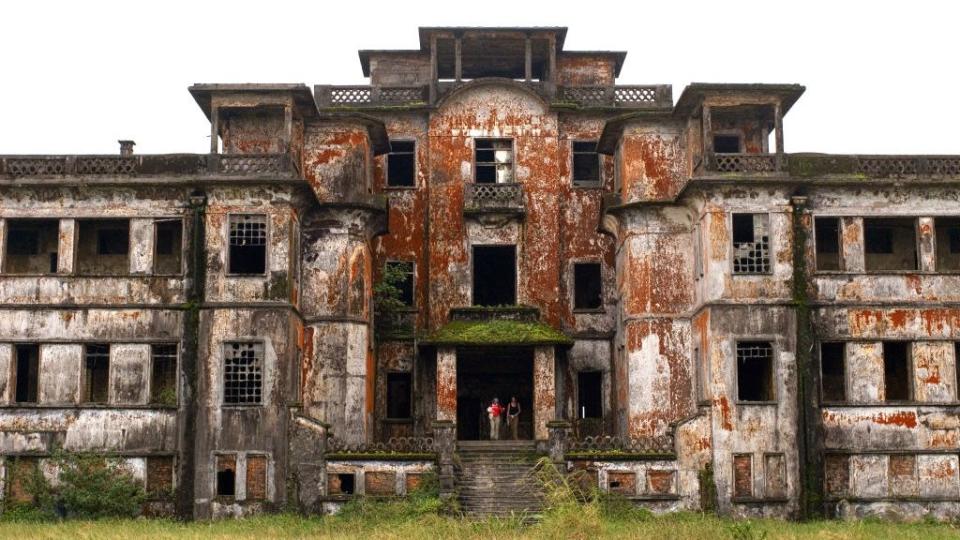
You Might Also Like

